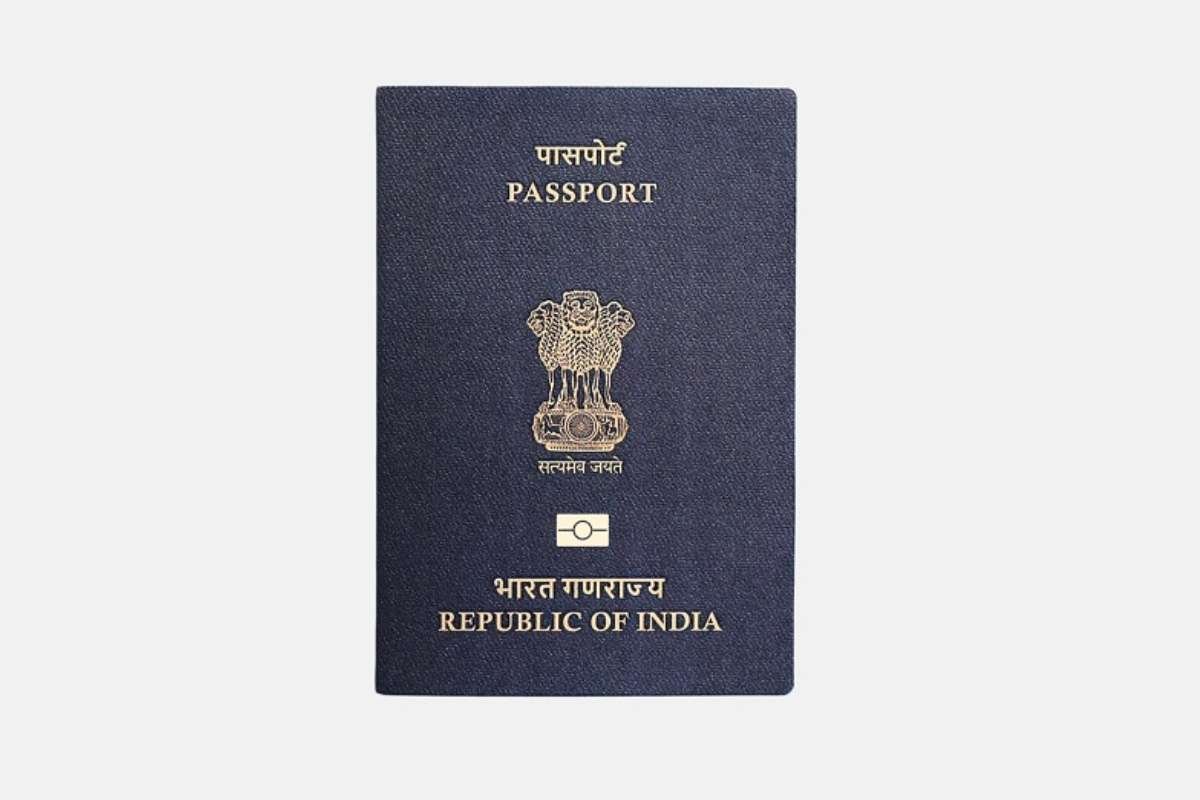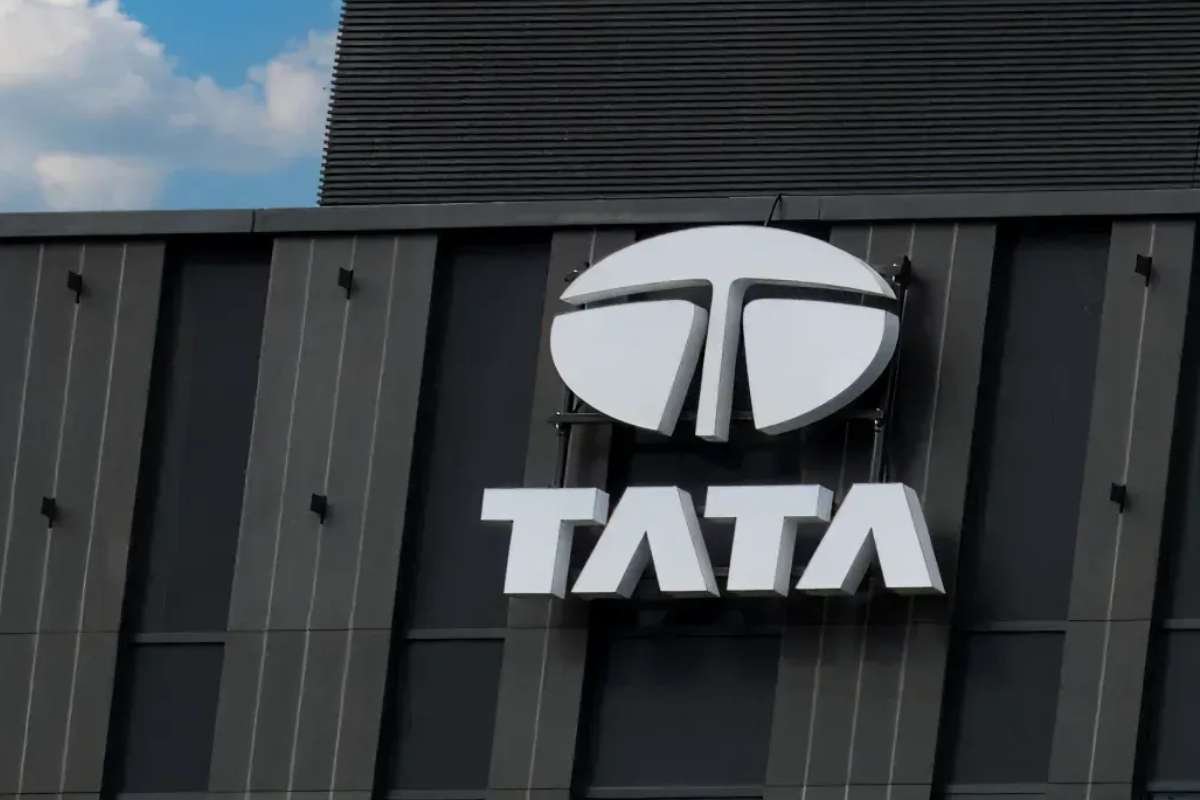The digital era has made everything innovative and effortless. Its invention, indian e-passport, proved to be a transformative step for secure, smooth, and seamless international travel. This next-generation passport promises to enhance the safety of personal data, streamline immigration processes, and align India’s travel documentation with global standards. In this comprehensive guide, we explore what the Indian e-Passport is, how it works, its benefits, rollout timelines, and how it compares with traditional passports.
What is an Indian e-passport?
An Indian e-passport is a biometric passport embedded with an electronic microprocessor chip that stores key personal information and digital security features. While the physical appearance of the e-passport resembles that of a traditional one, the integrated chip makes all the difference.
This embedded chip stores the holder’s name, date of birth, biometric data such as fingerprints and a digital photograph, and other identifying details. It also includes a digital signature and security features that prevent unauthorized access and data tampering.
The Need for Modernization
In the globalized world, security threats, identity theft, and document fraud have become increasingly sophisticated. Traditional paper passports are more vulnerable to such issues, prompting many countries to switch to electronic passport systems. India, recognizing these evolving challenges, has joined the ranks of over 120 nations that already issue biometric passports.
With millions of Indians traveling abroad each year, the transition to Indian e-passports ensures enhanced protection of personal data, quicker verification at immigration counters, and greater trust and acceptance internationally.
Key Features of the Indian e-Passport

The Indian e-passport is built with cutting-edge technology and high-level security measures. Here are some of its standout features:
1. Embedded Microchip
Each passport comes with a tamper-proof RFID (Radio Frequency Identification) chip embedded in the front or back cover. This chip securely stores up to 64 kilobytes of information and is compliant with ICAO (International Civil Aviation Organization) standards.
2. Biometric Authentication
Biometric data, such as the passport holder’s digital photograph and fingerprints, is stored securely. This minimizes the risk of impersonation and enables faster and more reliable identity verification.
3. Public Key Infrastructure (PKI)
The chip uses a cryptographic signature to validate the authenticity of the passport. This ensures that any attempt to alter the stored data would be immediately detected.
4. Machine-Readable Zone (MRZ)
Like modern passports around the world, Indian e-passports include a machine-readable zone that allows automated data entry and quick scanning at border control checkpoints.
Benefits of the Indian e-passport
The implementation of e-passports is set to revolutionize international travel for Indian citizens. Below are the most significant advantages:
1. Enhanced Security
The biggest draw of the e-passport is the significantly improved security. The embedded chip prevents duplication, forgery, and unauthorized data access.
2. Faster Immigration
Since biometric and personal data are preloaded on the chip, border security systems can authenticate identities faster. This reduces wait times at immigration counters, especially at busy international airports.
3. Global Compatibility
The Indian e-passport complies with ICAO guidelines, ensuring it is accepted globally without any issues. It makes travel easier and improves diplomatic relations with countries that prefer or require e-passports.
4. Support for e-Gates
As countries move towards automated immigration gates (e-gates), Indian travelers holding e-passports will be able to take advantage of faster self-service entry points, especially in countries like the UK, Germany, Singapore, and the UAE.
Rollout Timeline and Progress
The Indian government initiated a pilot project for e-passports in 2008 with the issuance of diplomatic and official biometric passports. Based on the success of the initial phase, the Ministry of External Affairs (MEA), in collaboration with the India Security Press (ISP), Nashik, has begun expanding the initiative to the general public.
In 2022, Finance Minister Nirmala Sitharaman announced during the Union Budget that the issuance of e-passports for Indian citizens would begin soon. Since then, the infrastructure and technology required for mass issuance have been developed.
As of mid-2025, the process of issuing Indian e-passports is in full swing in several regions across the country, with phased implementation to ensure minimal disruption. Citizens applying for new passports or renewals are being issued e-passports automatically, depending on the location and availability.
How to Apply for an Indian e-passport

The application process for an e-passport is similar to that of a traditional passport, with minor differences in the backend processing. Here’s a step-by-step guide:
- Visit the Passport Seva Website: Start by creating or logging into your account on www.passportindia.gov.in.
- Fill the Application Form: Complete the online application form and select your preferred Passport Seva Kendra (PSK) for the appointment.
- Make the Payment: Pay the prescribed fee based on your type of application, normal or tatkal.
- Schedule an Appointment: Book a slot for document verification and biometric data collection.
- Attend the Appointment: Visit the PSK with your documents, where your fingerprints and photograph will be captured.
- Track and Receive: You can track the status online and receive your Indian e-passport via registered post once processed.
There is currently no separate application for e-passports, eligible applicants will receive an e-passport by default.
Challenges and Concerns
As promising as the technology is, the transition does not come without hurdles:

1. Data Privacy
Storing biometric data digitally raises concerns about how securely that data is protected, especially in light of growing cyber threats.
2. Infrastructure Readiness
While metropolitan cities are equipped to process and issue e-passports, some rural areas may face delays due to a lack of necessary infrastructure.
3. Public Awareness
A significant section of the population remains unaware of the shift to e-passports. Government campaigns and public service announcements are crucial to bridge this knowledge gap.
Indian e-passport vs. Traditional passport
| Feature | Traditional passport | Indian e-passport |
| Chip Embedded | No | Yes |
| Biometric Data Storage | No | Yes |
| Machine-Readable | Yes | Yes |
| Enhanced Security | Moderate | High |
| International Acceptance | Standard | ICAO Compliant (Wider Acceptance) |
| Faster Immigration Process | No | Yes, especially at e-gates |
Global Trends and India’s Place
The Indian e-Passport initiative places the country alongside major nations like the United States, Germany, and Australia that already use biometric passports extensively. This move is not just a technological upgrade but a diplomatic and strategic one. As global travel resumes momentum post-pandemic, countries with secure travel documents are better positioned to negotiate visa deals and cross-border collaborations.
Moreover, as India emerges as a major player in global affairs, modernizing travel documentation adds to its credibility and influence on the world stage.
Conclusion
The experience of travelling starts from the day we plan a trip to booking tickets and reaching the destination. To make the journey enjoyable and hassle-free, the Indian e-passport was introduced. It is a digital discovery for smooth, safe, and globally accepted mobility. While the full transition may take time, it has the scope for improvements in the future.
So pack your bags and get ready to fly, your international trip with an Indian e-passport will make your travel excitement different this time.






